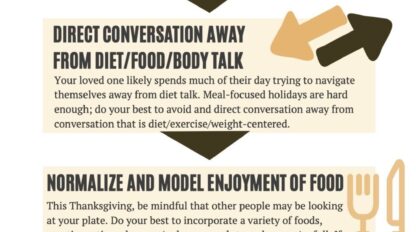Can You Cultivate Willingness?


The second group, the people not ready to stop, have a very hard time listening to advice. Substances still work for them; the relief they get from ingesting chemicals sufficiently blots out the negative consequences of their addiction. These people are very difficult to reach, and furthermore, they sometimes adversely affect their peers, particularly the third group.
The third group, people on the fence, comprises the agnostics of addiction treatment, metaphorically speaking. They haven’t made up their minds. Such people may genuinely acknowledge that a problem exists, but be unsure about how severe it is. Or they may fluctuate about whether the problem really needs to be addressed. These people have varying degrees of willingness. They are the crux of the addiction treatment field, the people who deserve the most attention- as proper guidance may push them to the right side of the fence. In other words, their willingness can be cultivated.
In the course of over a dozen treatment centers I was always in the one of the latter two categories (most often the middle one). When I wasn’t ready to stop, sometimes I pulled the fence guys down to my level, getting high in treatment with them, or outright running away with them. When I was on the fence, usually I gravitated towards the not-ready-to-stop guys, getting high with them or shirking treatment principles because it was what felt familiar. Several times there was a man or woman who worked at a treatment center that I respected, but even the most magnanimous authority figure couldn’t outrank the influence of my peers. It is fitting then that when I finally made a solid effort to turn my life around, it was in a place with both authority figures that I respected and peers who were responding positively to the same authority figures.
The point here is that willingness cultivation is a dynamic process for the fence people. It doesn’t rest solely on a clinician’s shoulders. It is up to the group – as sometimes peers have greater influence than the people in power. The greatest clinicians, in this addict’s un-humble opinion, inspire hoards of people, who in turn inspire each other.
The good news here is that most people who enter treatment for substance abuse fall into the third category, the fence people. It is also the bad news. And it is why it is of utmost importance that people find the right fit when seeking treatment – that they enter a good place, where a strong emphasis is placed on making sure the fence people are tipping to the right side.
Read more about Intent Clinical’s Case Management Services.

